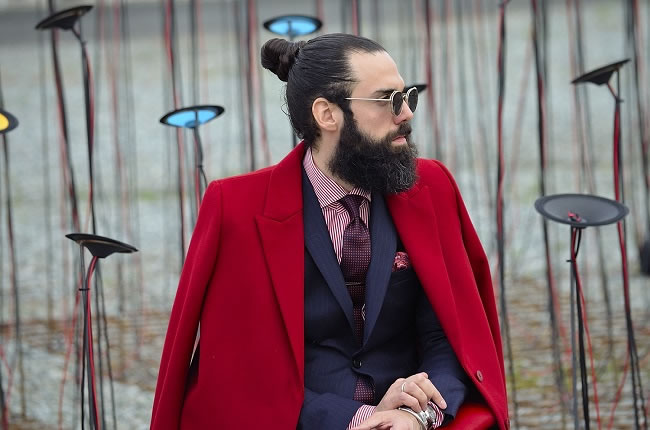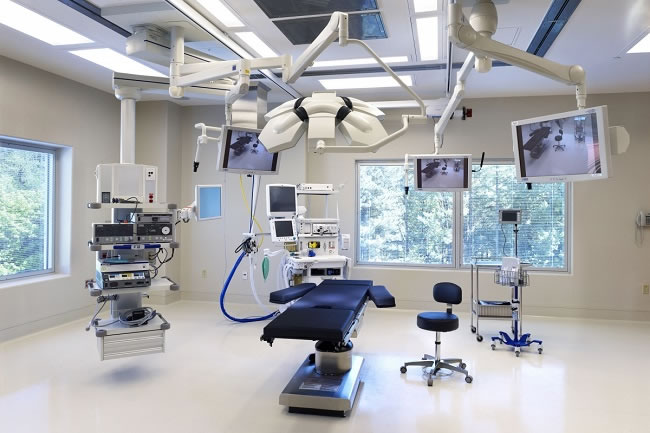1
HOME > Grooming >
WHY BEARD TRANSPLANTS ARE A GROWING PROCEDURE
WE CHAT WITH DR. ARTHUR KATONA ABOUT THE NEW MALE MEDICAL TREND
Written by Claudia Toia in Grooming on the 13th May 2014

As we all already know, from New York to London, facial hair has become a fashion staple. Stylistically speaking, it represents a reason to rejoice for those who can grow a full beard and a frustrating trend for those who are less favoured by nature.
However, a recent development in medical technology has made hair transplantation more popular and less intrusive, with doctors assisting more men than ever with the procedure. According to the Daily Mail 45% of men cannot grow a full beard and there were 4,500 beard transplants carried out in the UK last year.
To learn more about the latest techniques behind this new craze, MWS met up with Dr. Arthur Katona, one of the few American doctors practicing hair transplantations in London. Over the years he has completed over 10,000 procedures in the US and here in the UK, and he kindly explained to us all the details behind this procedure.
Who’s doing it?
The number of men going under the knife for aesthetic purposes are up, a fact that has to do with the innovations taking place in the technological field.
There is no black letter law that demands men to be of a certain age, as each case is judged on an individual basis. As Dr. Katona admits, "Stylistic reasons are bringing in more younger patients, some in their early 20s who are trying to achieve very specific personal style goals."

How is it done?
The procedure is actually very simple - one or multiple grafts of hair are taken from the back of the head, and are then transplanted to a very specific area of the face.
However, a new technique, called FUE [follicular unit extraction], has been revolutionising the way the surgery is done. The new way has the advantage of leaving a more discrete, punctate scar, as opposed to the older techniques, which leave an unaesthetic linear scar.
Even if the FUE is not necessarily scar-free, it allows doctors to have a broader selection of the donor site [the area where the hair is selected from] and the recipient site [the area where the hair is implanted.]
In the past, even if you wanted to a moustache, beard or eyebrow implant, many doctors weren’t keen on helping you because they considered implanting the precious grafts on the crown of the head, to be more important.
Now with FUE, doctors work on more areas than ever before, without necessarily worrying that there will be a lack of the donor availability, limiting the scope of the procedure in the future.

Length of surgery & risks
The time the surgery takes to complete varies from case to case. Some patients may have only a small scar on the face that they want to cover up with hair, a procedure which can take a couple of hours, while others want a full beard or a moustache which takes a minimum of a day, usually two days.
Sometimes patients need to come back and add more in the future, 6 to 12 months down the road - a factor which solely depends on each individual’s goals. The area where the grafts are implanted will look red and rashy for 5 to 10 days after the procedure, but the way the patient takes care of it greatly helps speed up the recovery.
Apart from more money spent on razor blades, more trips to the barber and other increased expenditures, the risks of the procedure are quite small, with the occasional infection that can be avoided with thorough aftercare.

Donor hair
Unfortunately you can’t use other people’s hair, saving you from lots of bald headed loved ones. Jokes aside, the reason for that is that technology is not here yet, so if you want to make someone else suffer for your own benefit, you can’t.
Maybe in 5 to 10 years time there will be a cloning technology available, through which doctors will send follicles to a laboratory to receive back ready made grafts.
However there’s no need to worry, most people have enough on their own personal donor area to cover a patch on the head, a beard or a moustache. Things might get a bit tricker only if you need to cover your entire cranium headline to crown.
There is also a question of using hairs from other parts of the body - can it be done? Well, yes and no. While doctors have played around with the techniques, taking hair from other parts of the body, [namely the chest, the back and the legs] the procedure is usually avoided because of the hair’s density and quality in these areas.
Body hair raises important issues of durability, namely if the hair is going to be where you implanted it 5 or 10 years down the line. Overall, the evolution of technology brings really good news for those less favoured by nature, offering them a unique chance to grow a full beard or to cover up bald spots on their head.
So, prepare your combs and take out your beard oils from the bathroom cupboard - the future will be bright and hairy.

Trending
2
3
4
5
6
7
8
9
10









